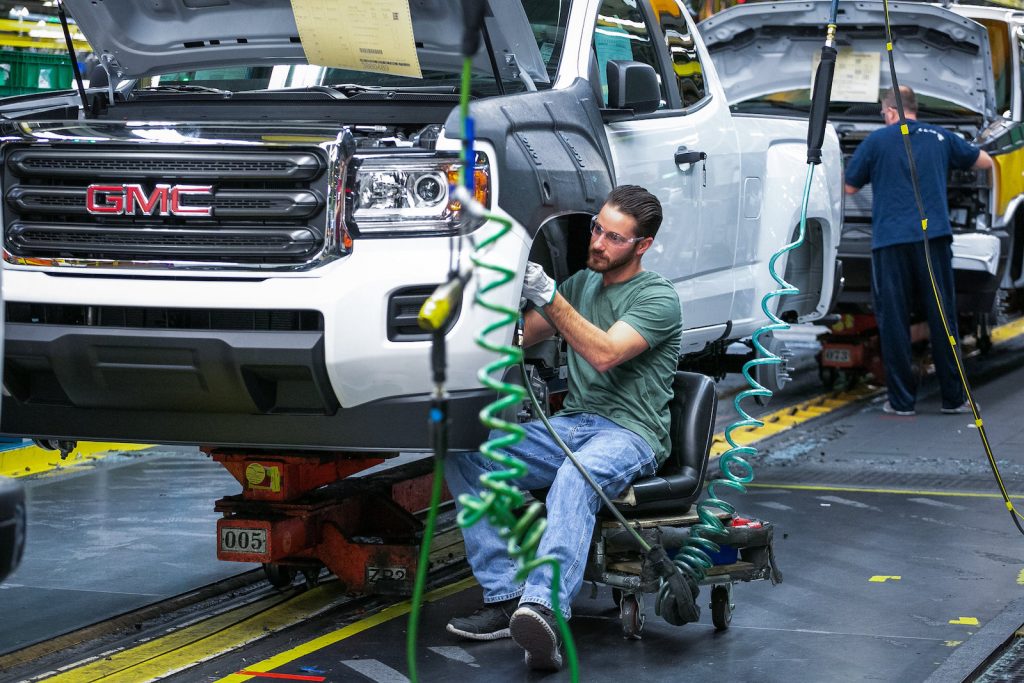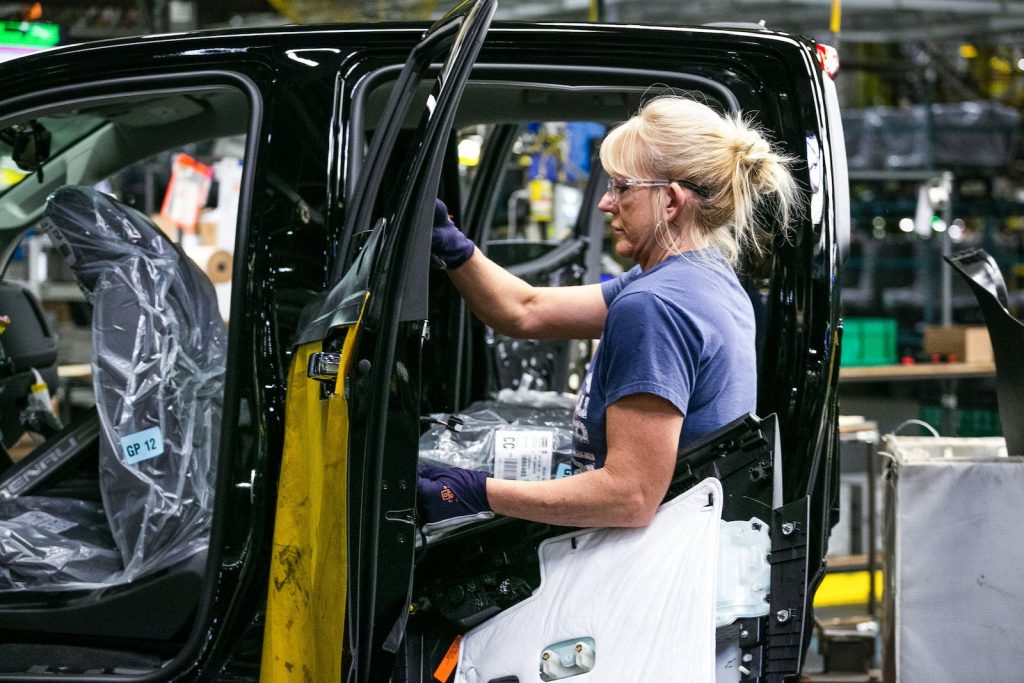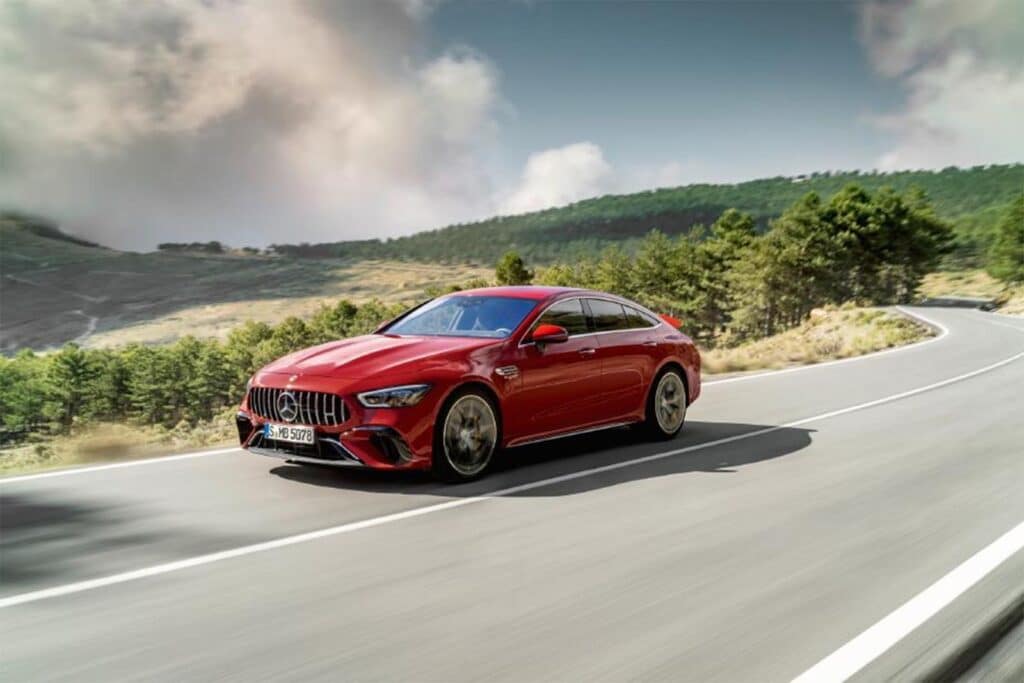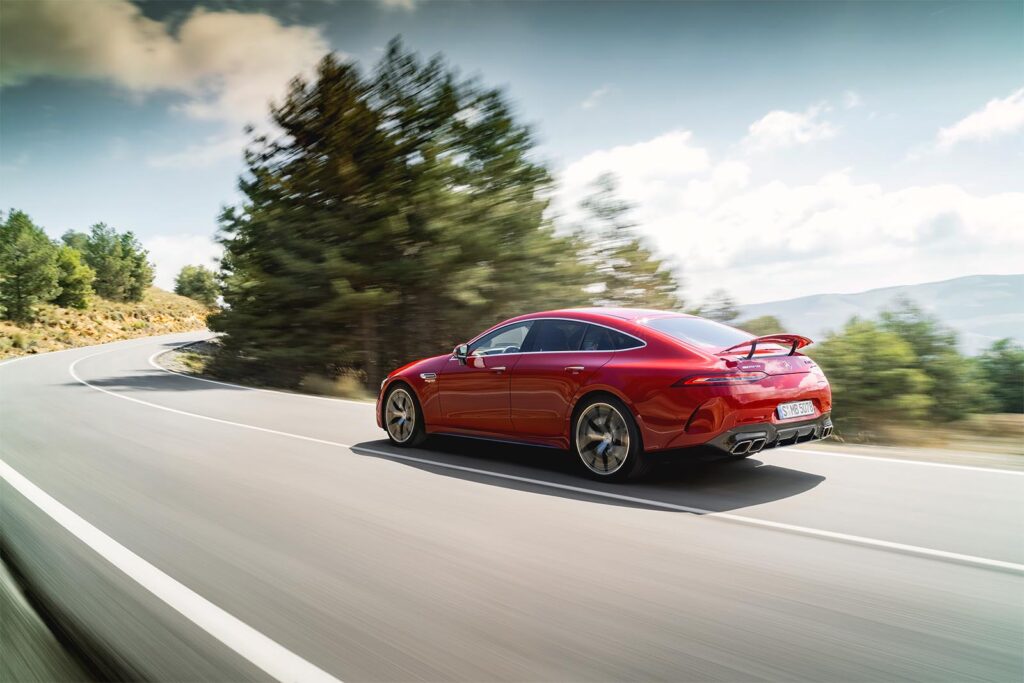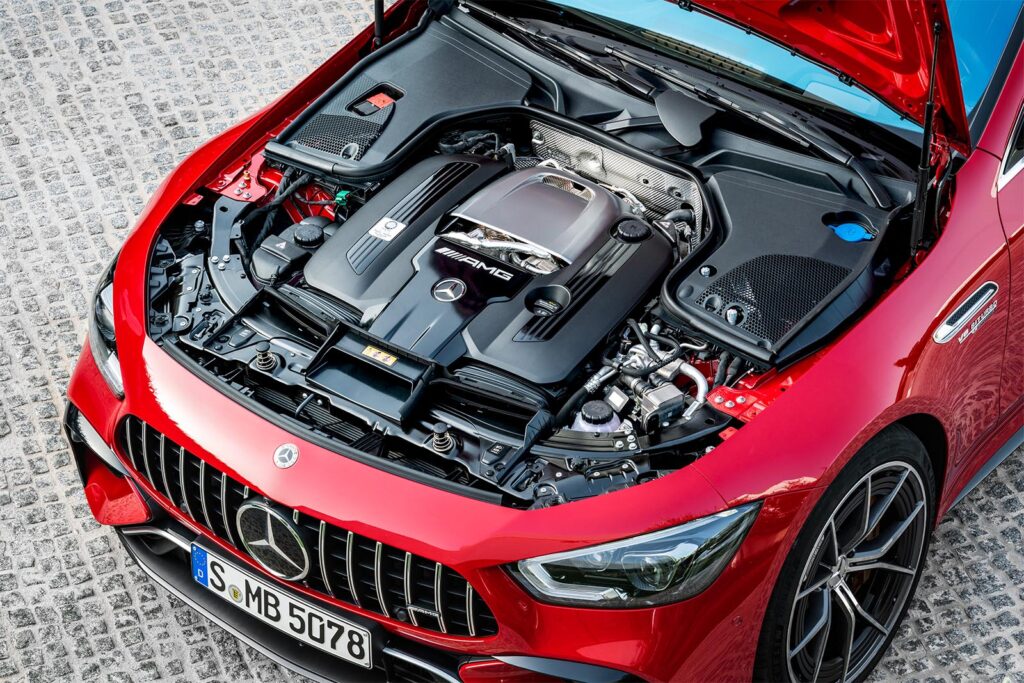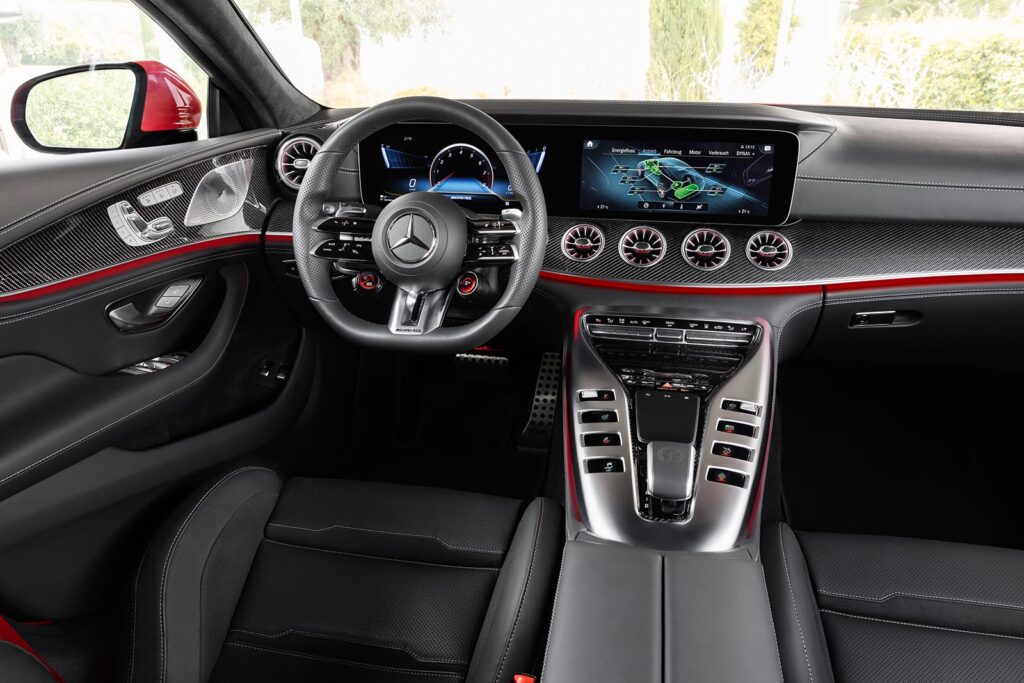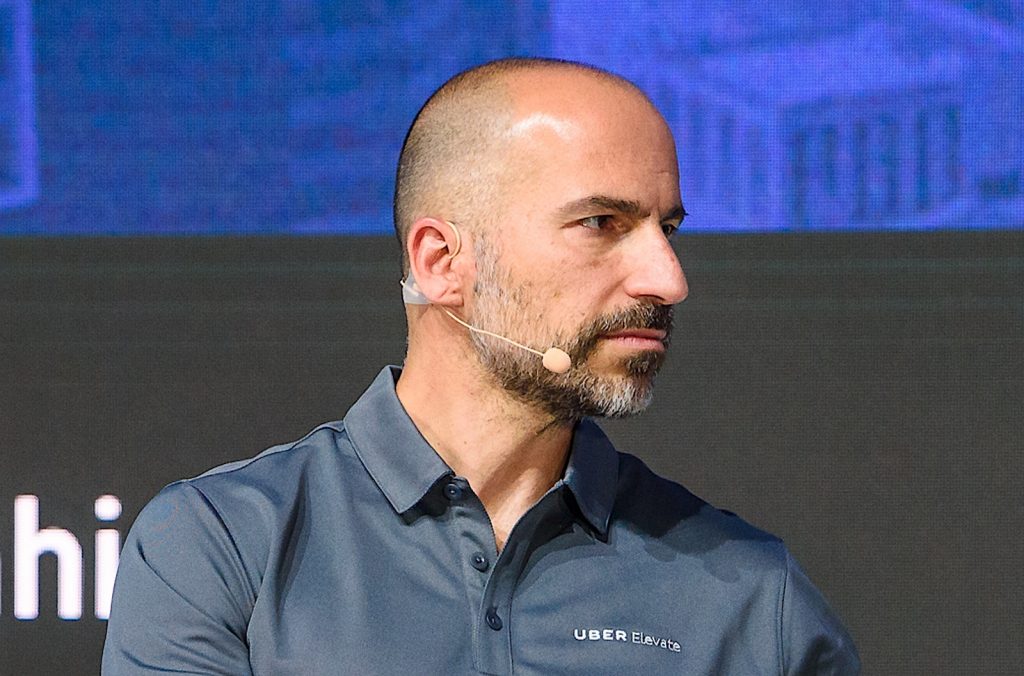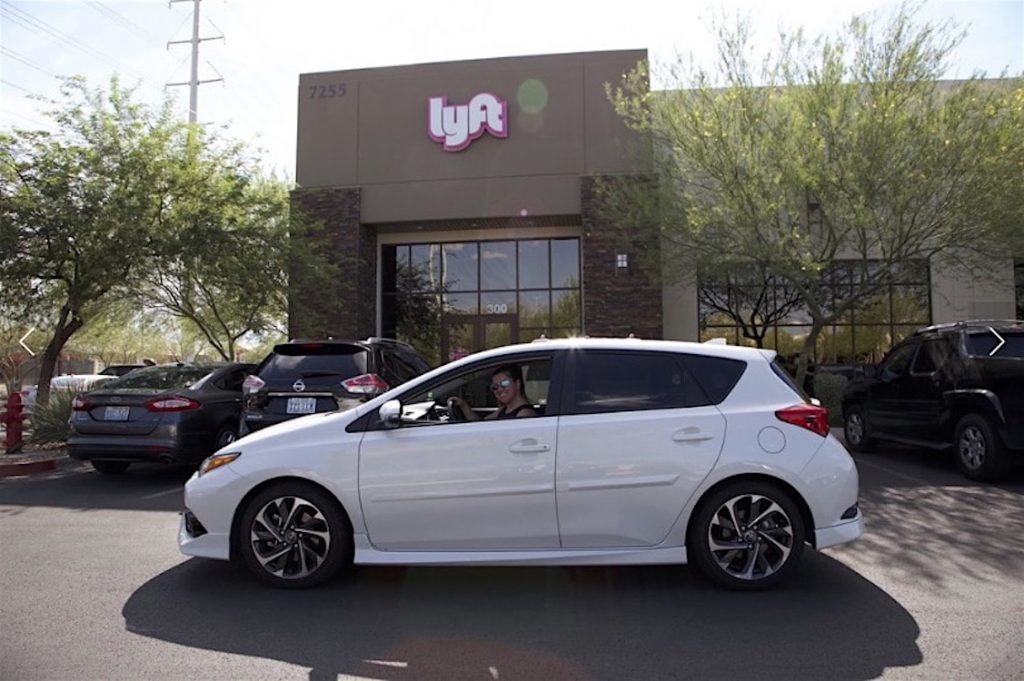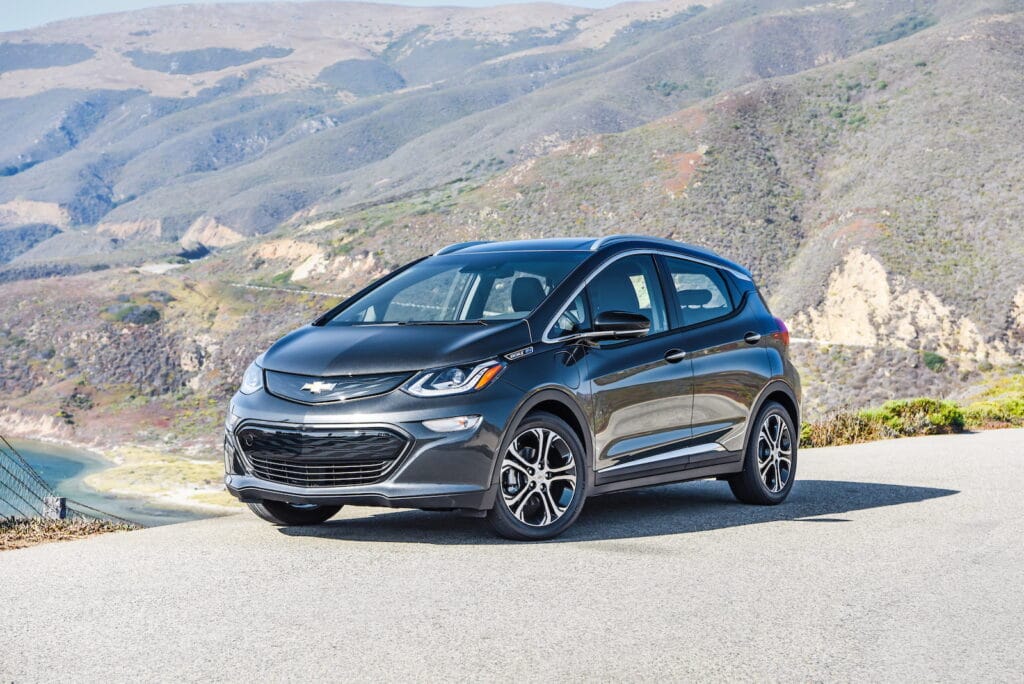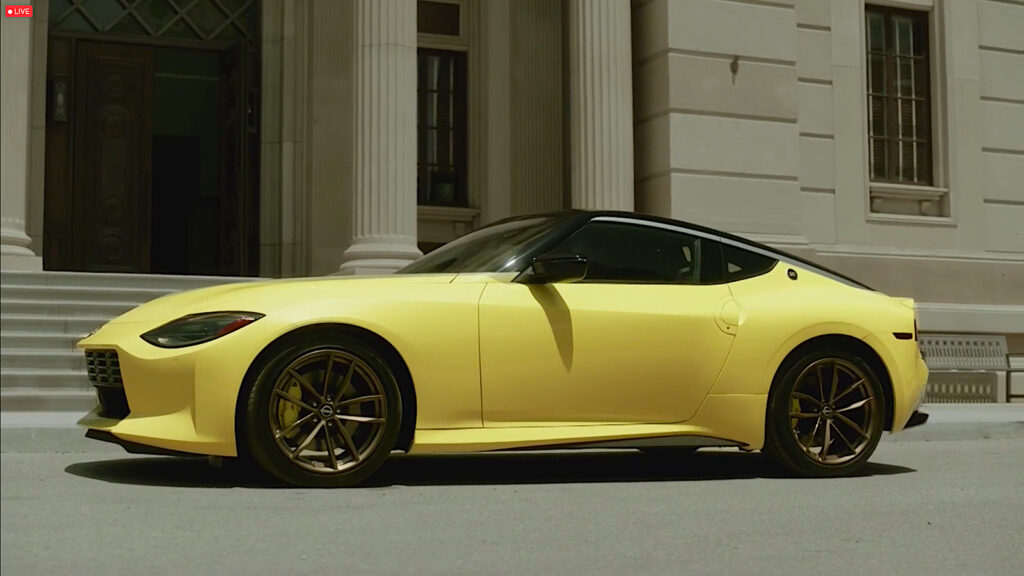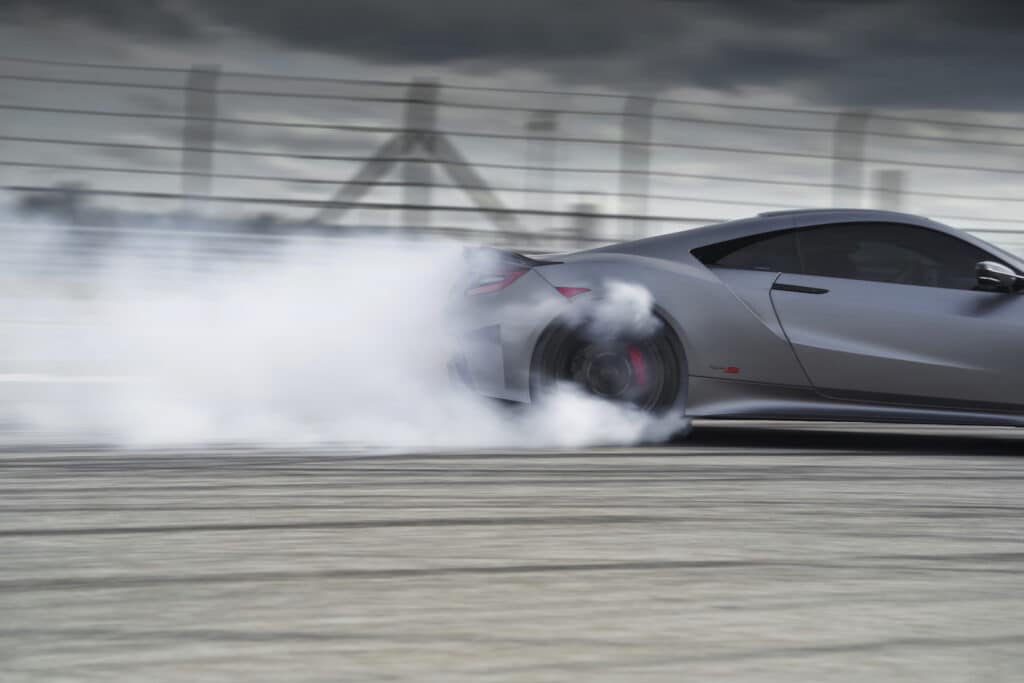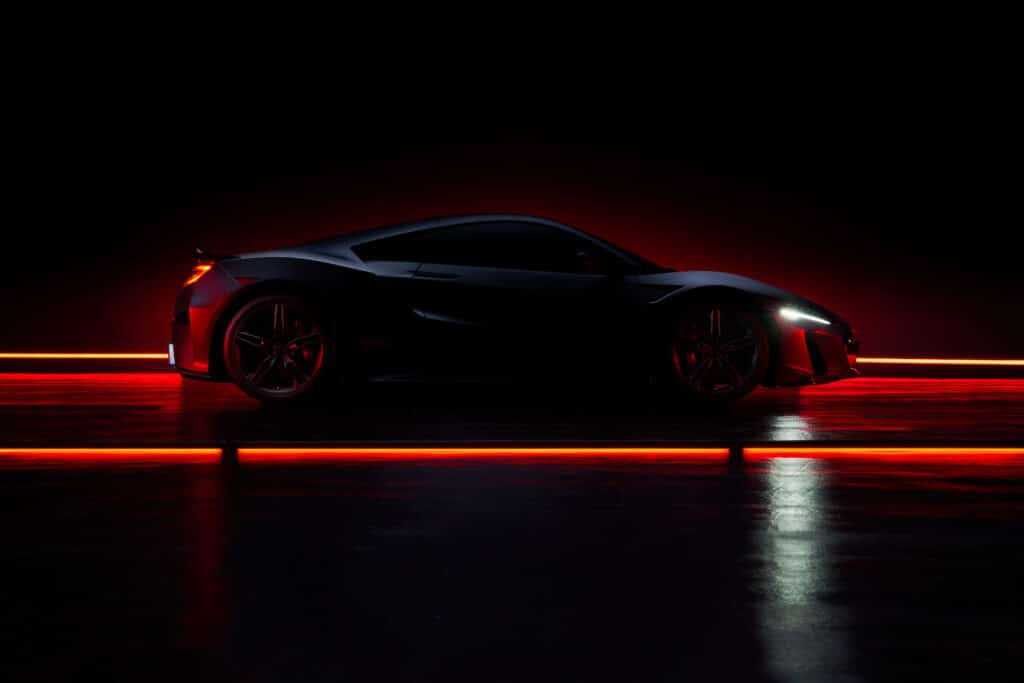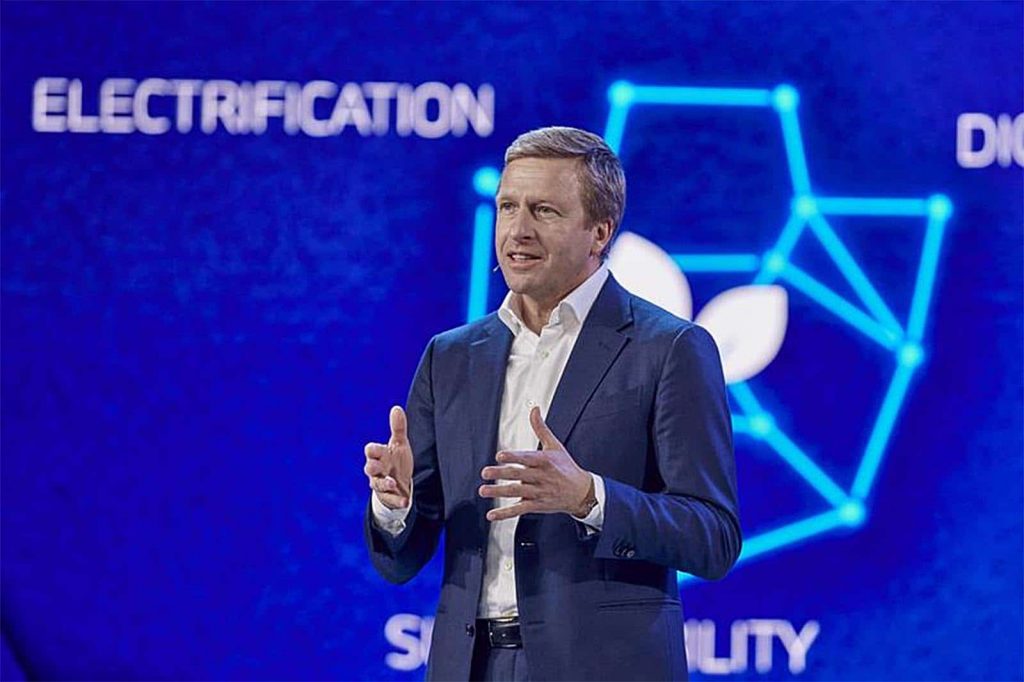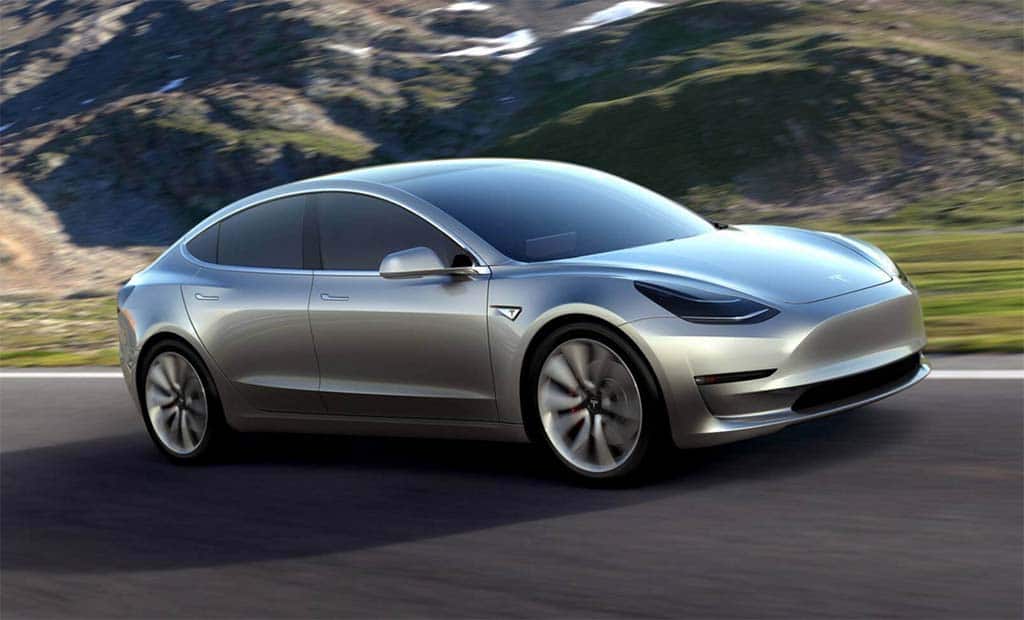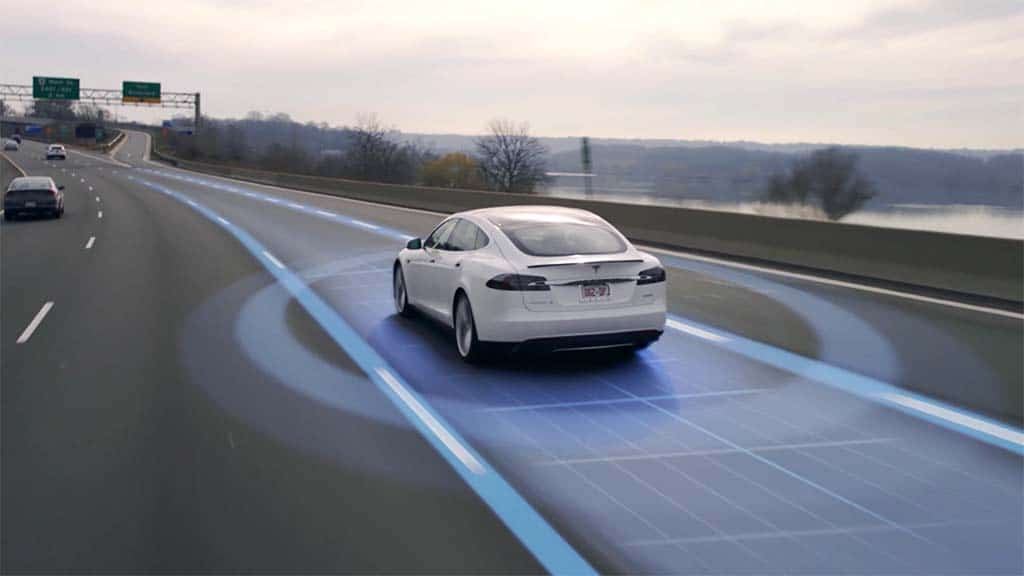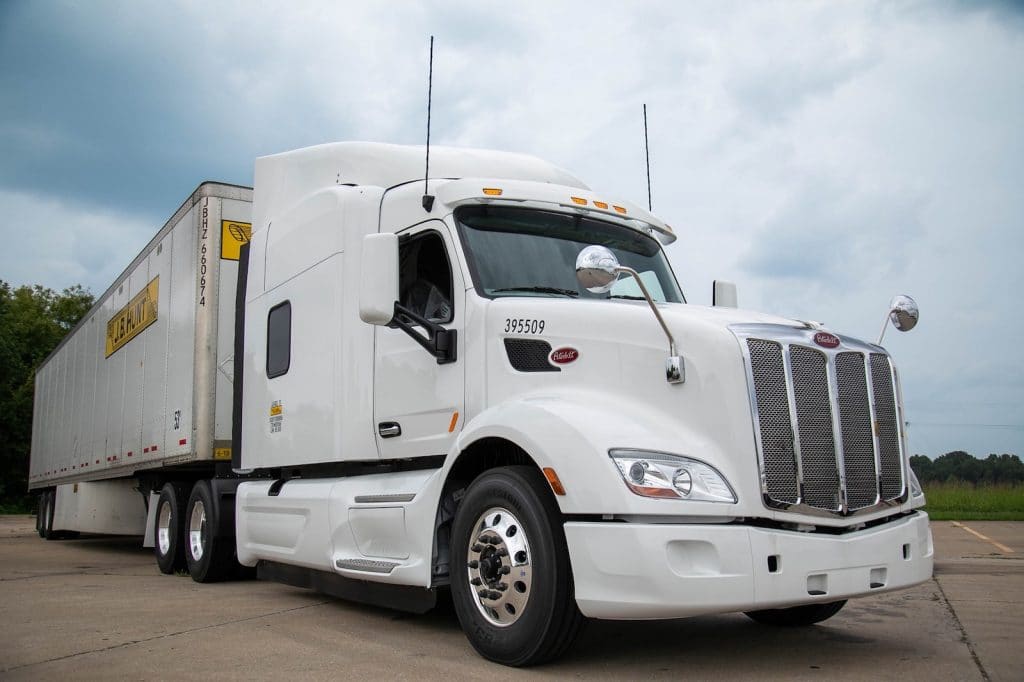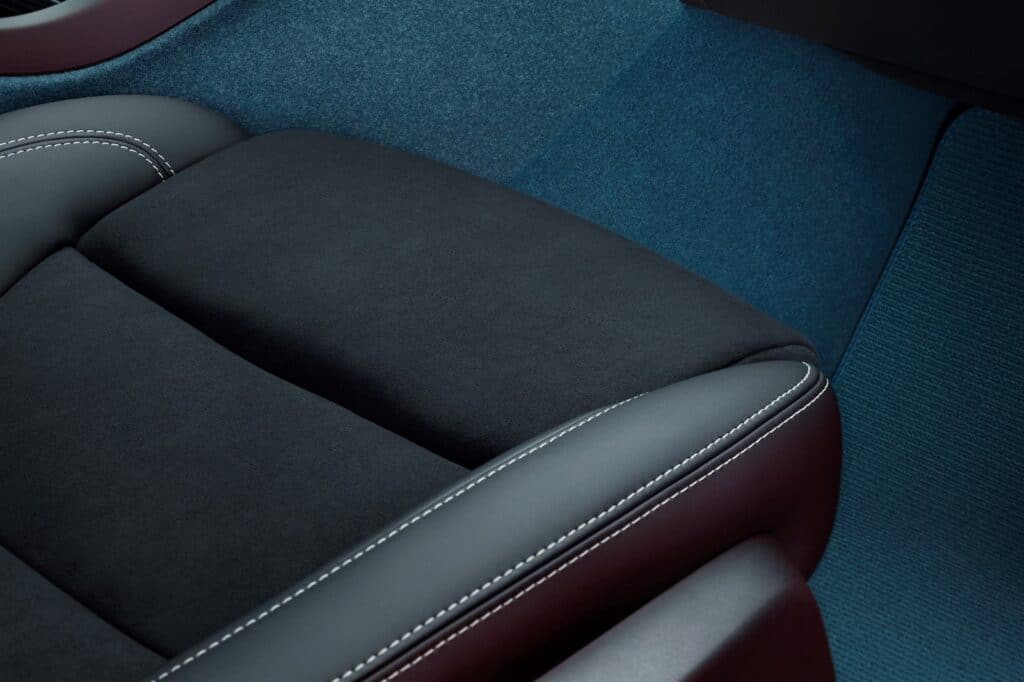
Volvo, like other automakers, has made sustainability a focus for its future products. The shift includes a move toward electrification and the use of materials that are responsibly sourced and sustainable.
Its latest effort is the elimination of leather from all its electric vehicles. The first “leather-free” vehicle in the Volvo line-up is the new C40 Recharge.
“We’ve got a new generation of customers coming through, they’re far more interested in the products they buy and having an ethical story behind them,” Robin Page, Volvo’s head of design, told Reuters. The target date for making its line-up completely leather-free is 2030.
Sustainable and cruelty-free

The decision to eliminate leather isn’t solely about sustainability. It’s also about animal welfare. Volvo is keen to appeal to its customers’ concerns about the treatment of animals by the leather industry and the industry’s environmental impact.
According to a recent Volvo report, The Rise of Conscious Design, two-thirds of customers consider a brand’s environmental policies when making a luxury purchase. These people also want to see better labeling that includes the carbon impact of a company and its products.
This not the first effort by the Swedish automaker to improve its sustainability efforts. In 2018, it resolved to remove all single-use plastics from its offices, cafeterias and at all of its events by then of 2019.
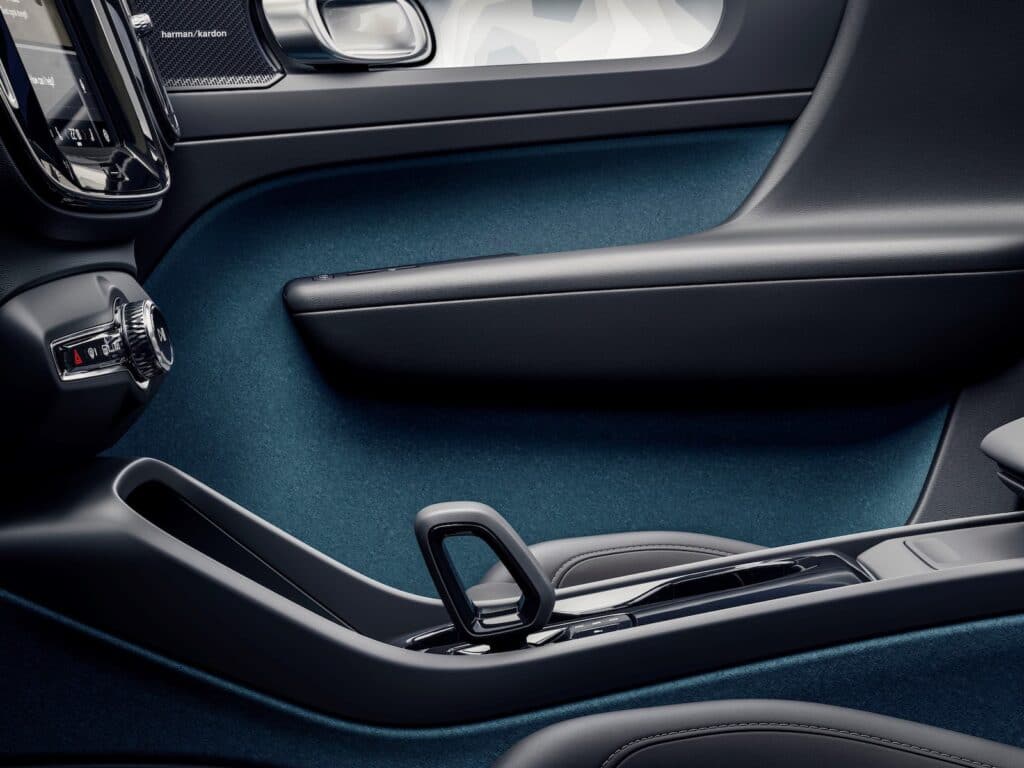
Numerous leather alternatives
The elimination of leather forced Volvo to search out a wide range of alternatives. These include Nordico — a material made from forestry byproducts along with recycled cork and plastic bottles. In addition to being a sustainable product, Nordico mimics the look and feel of leather creating a warm and welcoming interior.
“For someone who loves leather but is aware of the negative effects of leather on the environment, this is a good, modern way to capture the properties but is the right material for the future,” Page said
Recycled polyester is also on the list of alternative materials adorning the interior of new Volvos. This helps reduce the company’s carbon footprint. Linen and flax produced in between crops will also be used, which has the added benefit of helping replenish the soil for future crops.
“We have a vision of where we need to go in the future, with the first step to ensure we harness sustainable, natural and recycled materials,” said Page. “The next challenge is to change what we do with these materials, whether that’s making car parts that last forever, re-enter the circular economy or go back into the earth.”
For GREAT deals on a new or used Chrysler, Dodge, Jeep or RAM check out Monrovia CDJR TODAY!
